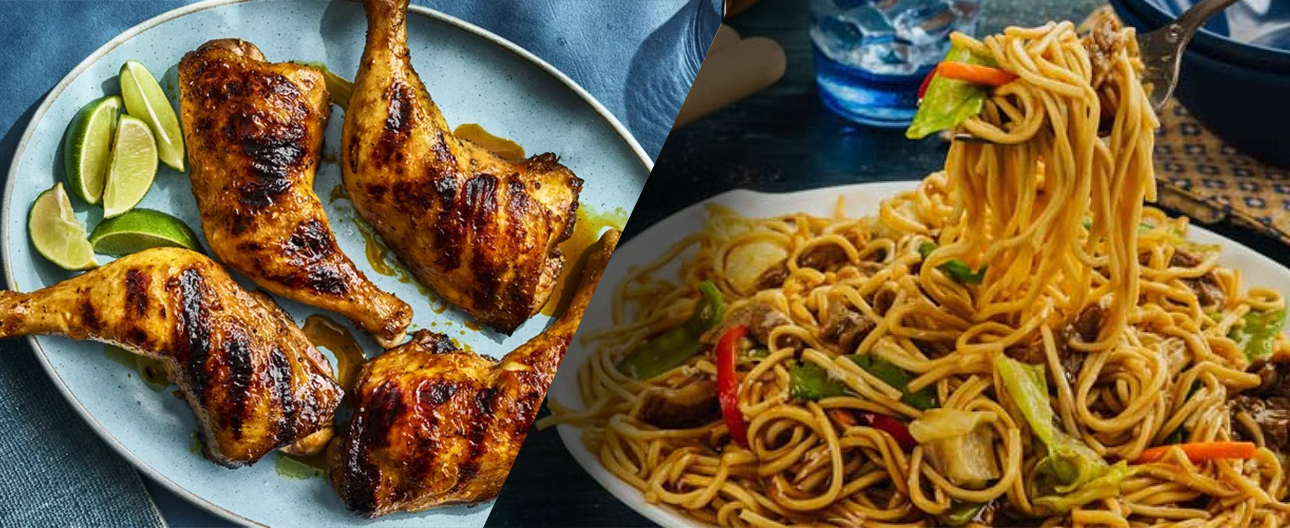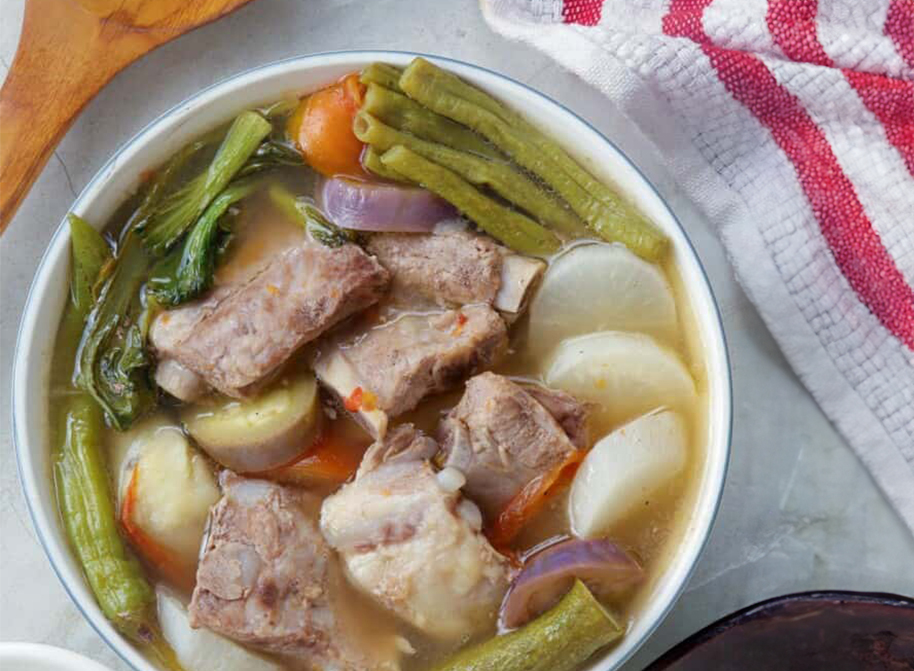Cooking in a British kitchen felt like learning to write with my non-dominant hand. The ingredients were different. The rice didn’t taste like home. I searched endlessly for calamansi and bagoong, only to come up short or pay triple the price. I didn’t realize how deeply food was tied to memory until I couldn’t recreate the tastes that anchored my sense of self.
Flavors That Remember
I missed the bustling palengke where vendors knew me by name. Here, everything was self-service, packaged, silent. There was no haggling, no quick chat with the fishmonger, no neighbor offering you extra malunggay leaves just because.
Liza correctly guessed four out of the five versions of sinigang that she tasted, adding that “sinigang na hipon” is her most favorite.
“Now you guys know how much Liza loves sinigang!” Enrique said at the end of the video.
Liza Soberano
Still, I experimented. I learned to make adobo with white wine vinegar, sinigang with lemon instead of tamarind, and lumpia with store-bought wrappers. It wasn’t the same, but it was enough to take me home for a while. Each meal was an act of memory, of preservation. It was a quiet rebellion against forgetting.

Feeding Souls, Sharing Roots
Then something shifted—I was no longer cooking just for me. Friends, co-workers, even neighbors became curious. I started hosting small dinners, offering pancit, chicken inasal, and leche flan. It became more than food; it was storytelling. Every dish carried my history, my mother’s recipes, my Lola’s secret tricks.
One evening, I served kare-kare to a group of friends. The peanut sauce was just right, the bagoong salty and sharp. I looked around the table and realized: this was my kitchen now, but the heart of it was still Filipino.
Through food, I reconnected with myself and taught others about where I came from. The act of sharing meals became a form of cultural exchange, of mutual respect. My kitchen became a place of stories, not just survival.

